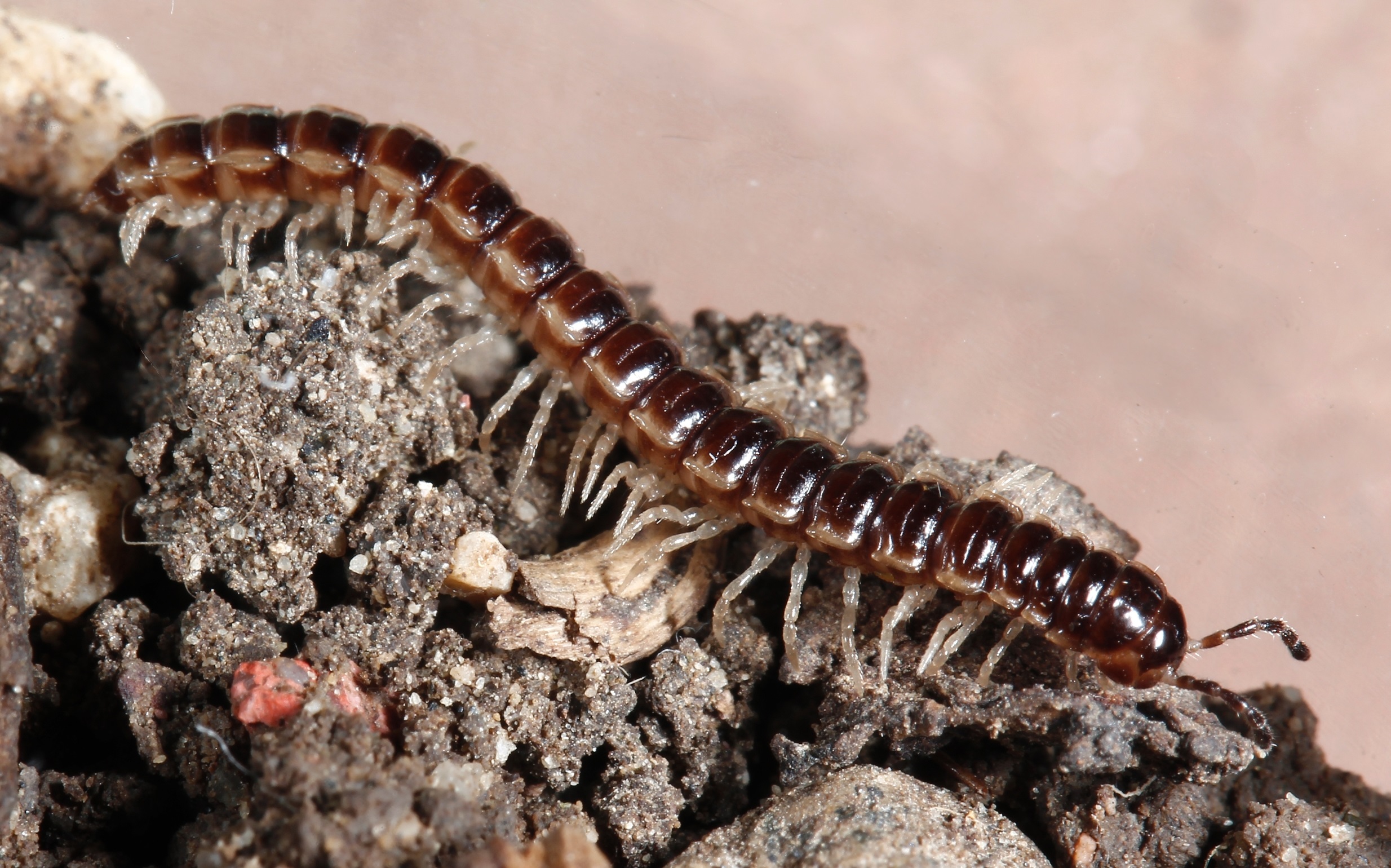|
Antichiropus
''Antichiropus'' is a genus of millipede in the family Paradoxosomatidae. The genus is very distinctive in the form of the gonopod, which is typically coiled through at least a full circle. It is probably Endemism, endemic to Australia. Some species have small ranges of less than 10000 km2, classifying them as short-range endemic invertebrates. See also *''Antichiropus fossulifrons'' (Attems, 1911) – Western Australia *''Antichiropus humphreysi'' (Shear, 1992) – Western Australia *''Antichiropus mammilifer'' (Jeekel, 1982) – South Australia *''Antichiropus minimus'' (Attems, 1911) – Western Australia *''Antichiropus monacanthus'' (Attems, 1911) – Western Australia *''Antichiropus nanus'' (Attems, 1911) – Western Australia *''Antichiropus sulcatus'' (Attems, 1911) – Western Australia *''Antichiropus variabilis'' (Attems, 1911) – Western Australia *''Antichiropus whistleri'' (Attems, 1911) – Western Australia References Polydesmida Millipedes of Oce ... [...More Info...] [...Related Items...] OR: [Wikipedia] [Google] [Baidu] |
Antichiropus Whistleri
''Antichiropus'' is a genus of millipede in the family Paradoxosomatidae. The genus is very distinctive in the form of the gonopod, which is typically coiled through at least a full circle. It is probably endemic to Australia. Some species have small ranges of less than 10000 km2, classifying them as short-range endemic invertebrates. See also *''Antichiropus fossulifrons'' (Attems, 1911) – Western Australia *'' Antichiropus humphreysi'' (Shear, 1992) – Western Australia *'' Antichiropus mammilifer'' (Jeekel, 1982) – South Australia South Australia (commonly abbreviated as SA) is a States and territories of Australia, state in the southern central part of Australia. With a total land area of , it is the fourth-largest of Australia's states and territories by area, which in ... *'' Antichiropus minimus'' (Attems, 1911) – Western Australia *'' Antichiropus monacanthus'' (Attems, 1911) – Western Australia *'' Antichiropus nanus'' (Attems, 1911) – Western Aus ... [...More Info...] [...Related Items...] OR: [Wikipedia] [Google] [Baidu] |
Short-range Endemic Invertebrates
Short-range endemic (SRE) invertebrates are animals that display restricted geographic distributions, nominally less than 10,000 km2, that may also be disjunct and highly localised. The most appropriate analogy is that of an island, where the movement of fauna is restricted by the surrounding marine waters, therefore isolating the fauna from other terrestrial populations. Isolating mechanisms and features such as roads, urban infrastructure, large creek lines and ridges can act to prevent the dispersal and gene flow of the less mobile invertebrate species. Subterranean fauna, which include stygofauna and troglofauna, typically comprise short-range endemics. Representative examples Several animal groups studied in Australia consist largely of short-range endemics, including freshwater and terrestrial gastropods (snails and slugs), earthworms, velvet worms, mygalomorph spiders, schizomids, millipedes, phreatoicidean crustaceans, and freshwater crayfish. Categories of short-ra ... [...More Info...] [...Related Items...] OR: [Wikipedia] [Google] [Baidu] |
Paradoxosomatidae
Paradoxosomatidae, the only family in the suborder Paradoxosomatidea (also known as Strongylosomatidea), is a family (biology), family of flat-backed millipedes in the order Polydesmida. Containing nearly 200 genera and 975 species , it is one of the largest families of millipedes. Paradoxosomatids occur on all continents except Antarctica, and can generally be distinguished by dorsal grooves on most body segments and a dumb-bell shaped gonopod aperture. Notable groups within the Paradoxosomatidae include the Desmoxytes, dragon millipedes of Southeast Asia, and the widely Introduced species, introduced greenhouse millipede ''Oxidus gracilis''. Description The family is characterised by several traits. Most species possess a groove or furrow ("sulcus") on the dorsal surface between the keels (paranota) on each segment, and the keels of the second body segment are situated lower on the body than those of the first segment (collum (millipedes), collum) and third segment. In males, ... [...More Info...] [...Related Items...] OR: [Wikipedia] [Google] [Baidu] |
South Australia
South Australia (commonly abbreviated as SA) is a States and territories of Australia, state in the southern central part of Australia. With a total land area of , it is the fourth-largest of Australia's states and territories by area, which includes some of the most arid parts of the continent, and with 1.8 million people. It is the fifth-largest of the states and territories by population. This population is the second-most highly centralised in the nation after Western Australia, with more than 77% of South Australians living in the capital Adelaide or its environs. Other population centres in the state are relatively small; Mount Gambier, the second-largest centre, has a population of 26,878. South Australia shares borders with all the other mainland states. It is bordered to the west by Western Australia, to the north by the Northern Territory, to the north-east by Queensland, to the east by New South Wales, to the south-east by Victoria (state), Victoria, and to the s ... [...More Info...] [...Related Items...] OR: [Wikipedia] [Google] [Baidu] |

